Why Cover Letters Matter for Journal Submission
Submitting a manuscript to a scientific journal is a significant undertaking, and the cover letter is your first opportunity to make a positive impression. It serves as a formal introduction of your work to the editor and sets the tone for your submission. A well-crafted cover letter can significantly increase the likelihood of your manuscript being considered for peer review. Conversely, a poorly written cover letter can lead to immediate rejection, regardless of the quality of your research. The cover letter provides context, highlights the significance of your work, and demonstrates your understanding of the target journal’s scope and audience. This is where you articulate the value of your research, making a compelling case for its publication.
The Purpose of a Cover Letter
The primary purpose of a cover letter is to introduce your manuscript to the journal editor and to persuade them to consider your work for publication. It’s a concise summary of your research, highlighting its key findings and significance. It allows you to explain why your work is a good fit for the journal and to address any potential issues or concerns the editor might have. The cover letter also provides a chance to declare any potential conflicts of interest and to confirm that all authors have approved the submission. In essence, the cover letter is a crucial communication tool that bridges the gap between your research and the journal’s editorial team.
Importance of a Strong Cover Letter

A strong cover letter is essential for making a positive first impression. It demonstrates professionalism, attention to detail, and a clear understanding of the publication process. It should be carefully written, free of errors, and tailored to the specific journal. A well-written cover letter can help your manuscript stand out from the competition, especially if the journal receives many submissions. It increases the likelihood that the editor will read your manuscript carefully and send it out for peer review. A weak or generic cover letter, on the other hand, can damage your chances of acceptance and may lead the editor to overlook your submission, regardless of its scientific merit. Therefore, invest time and effort into crafting a compelling cover letter to boost your chances of success.
Key Components of a Cover Letter
A well-structured cover letter contains several key components that work together to present your manuscript effectively. Each element plays a crucial role in conveying your message to the editor and encouraging them to take notice of your work. These components help you clearly communicate your intentions, the significance of your research, and your suitability for publication within the chosen journal. Careful attention to these details is essential for maximizing the impact of your submission.
Author Information and Contact Details
Begin your cover letter by providing the names of all authors and their affiliations. Identify the corresponding author and include their email address, phone number, and mailing address. This information ensures that the editor and journal staff can easily contact the authors regarding the manuscript. Accuracy and clarity are paramount in this section to avoid any delays in communication. Double-check all details to prevent errors, as incorrect information can lead to serious issues during the review and publication processes.
Manuscript Details and Submission
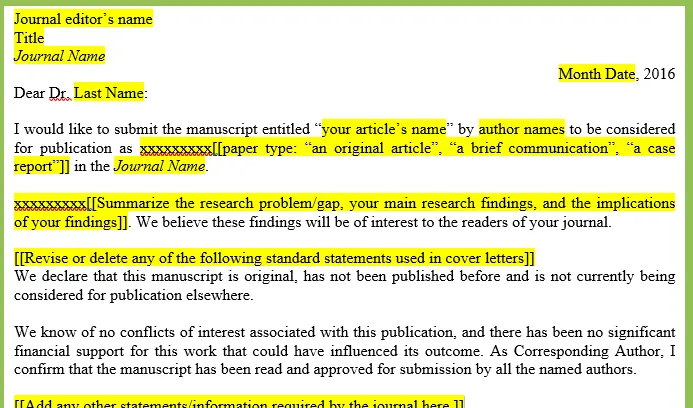
Clearly state the title of your manuscript and the type of article being submitted (e.g., original research article, review, case study). Specify the target journal and confirm that the manuscript is original and has not been submitted elsewhere. If your manuscript is a revised version, mention the previous submission details and the changes made in response to reviewers’ comments. Briefly mention any supplementary materials included with your submission. This section ensures the editor has the correct information to process your submission.
Highlighting Key Findings
Provide a concise summary of your study’s main findings. Focus on the most important results and their implications. Use clear and accessible language, avoiding technical jargon that may not be familiar to the editor. This section should immediately capture the editor’s interest by presenting the core contributions of your research. Keep the summary brief and to the point, typically within a few sentences. Highlight what makes your research novel and impactful.
Stating the Novelty and Significance
Clearly articulate the novelty and significance of your research. Explain how your work contributes to the existing body of knowledge and why it’s important. Highlight the practical implications of your findings and their relevance to the journal’s readership. Explain what makes your research original and how it advances the field. Emphasize the impact of your study and its potential contribution to addressing a specific problem or improving existing practices. This section is crucial for convincing the editor that your manuscript is worthy of publication.
Addressing the Target Journal
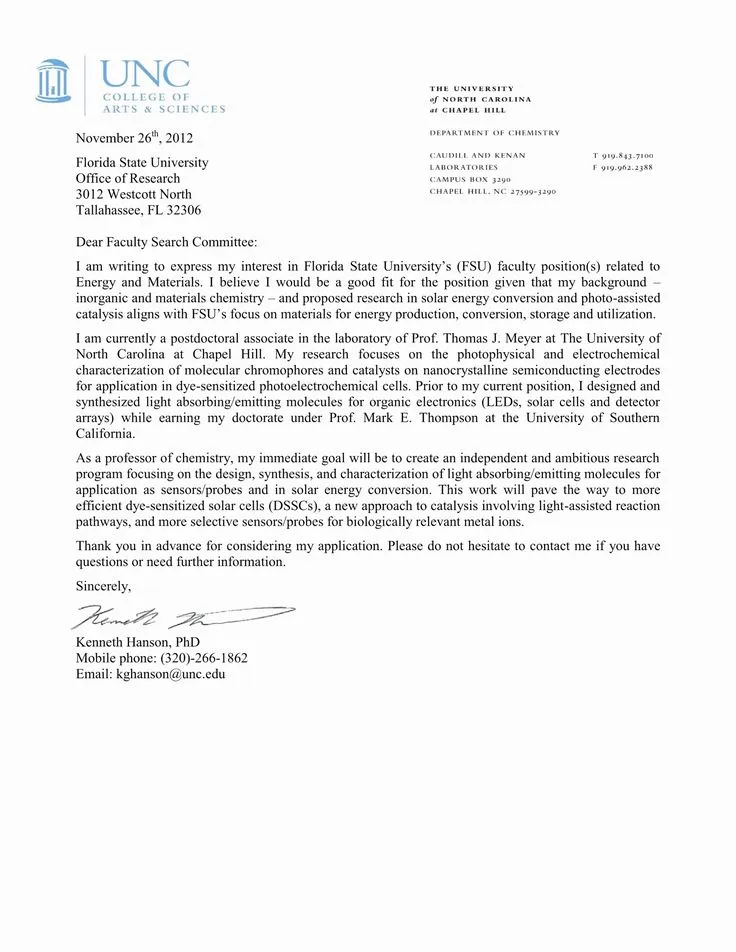
Demonstrate that your manuscript aligns with the scope and aims of the target journal. Briefly explain why you believe your research is a good fit for their readership and editorial focus. Mention any specific articles or issues of the journal that relate to your work. Customizing this part of your cover letter showcases your understanding of the journal and your genuine interest in publishing there. A well-tailored statement shows the editor that you have done your homework and are not just sending a generic submission.
Formatting Your Cover Letter
Proper formatting is crucial for presenting your cover letter professionally. Adhering to standard formatting guidelines ensures that your letter is easy to read and reflects your attention to detail. The format should be consistent and professional throughout the document. It is a reflection of your overall professionalism.
Font and Style Guidelines
Use a professional and readable font such as Times New Roman, Arial, or Calibri, with a font size of 11 or 12 points. Maintain consistent spacing and margins throughout the document. Ensure that the text is left-aligned and that you use clear headings and subheadings to structure your letter. Avoid excessive use of bolding, italics, or underlining, as these can make the letter look cluttered.
Letter Length and Structure
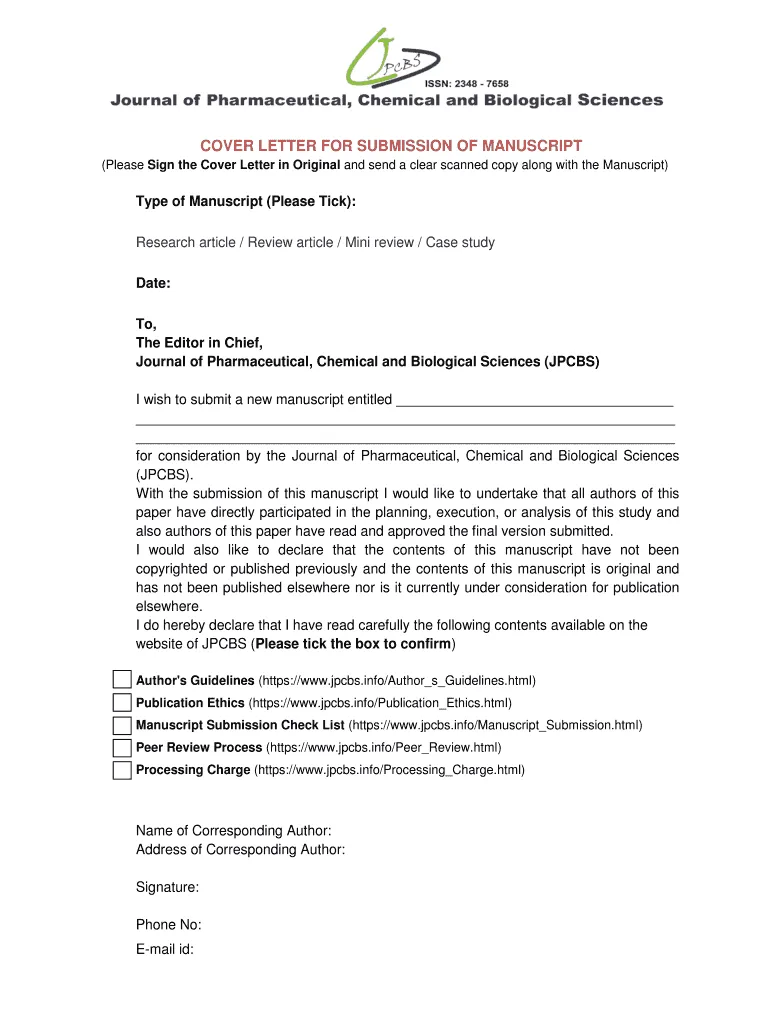
Keep your cover letter concise, typically within one page. Use a clear and logical structure with distinct paragraphs for each key component. Start with a formal salutation, address the editor by name if possible, and close with a professional closing and your signature. Divide the content into well-defined sections with clear headings to improve readability. Be direct, and avoid unnecessary jargon or lengthy explanations.
Specific Formatting for Springer Journals
When submitting to Springer journals, review their specific guidelines for cover letters. These guidelines often include instructions on how to address the editor, the required content, and any specific formatting requirements. Check the journal’s website or author guidelines for the most up-to-date instructions. Follow all formatting requirements precisely to demonstrate your attention to detail and increase the chances of your manuscript being considered. Failing to meet these guidelines can lead to a rejection before the peer review process.
Dos and Don’ts of Cover Letters
Avoiding common mistakes and following best practices can significantly enhance the quality of your cover letter. Proper formatting and content presentation is important to your success. Adhering to established guidelines will greatly improve your odds of acceptance.
What to Include
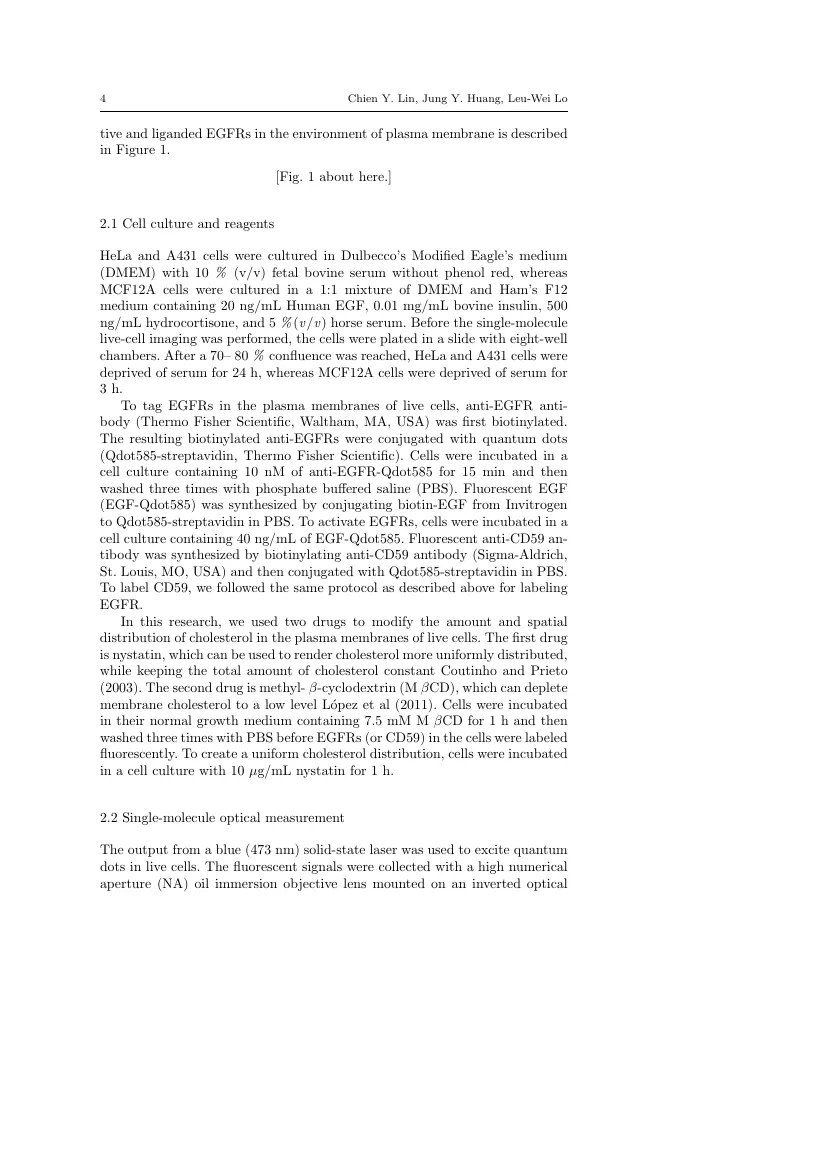
Include all required author information, manuscript details, a clear summary of your key findings, and a statement of the novelty and significance of your research. Explicitly state why your manuscript is a good fit for the journal. Address the editor by name and maintain a professional tone throughout. Declare any potential conflicts of interest and ensure that all authors have approved the submission. Proofread your letter carefully to eliminate any errors.
What to Avoid
Avoid vague language, jargon, and overly technical explanations. Do not include irrelevant information or information that is already present in the manuscript. Refrain from using generic or template-based cover letters. Avoid errors in grammar, spelling, and punctuation. Do not make unsubstantiated claims or overstate the significance of your findings. Avoid informal language and maintain a formal and professional tone.
Common Mistakes to Avoid
Common mistakes include failing to tailor the cover letter to the specific journal, omitting key information, and using poor grammar or spelling. Avoid using generic templates without making the necessary adjustments. Don’t forget to include all required information, such as author details and manuscript title. Ensure that your letter is concise and well-organized. Always proofread your letter carefully to identify and correct any errors.
Tailoring Your Cover Letter
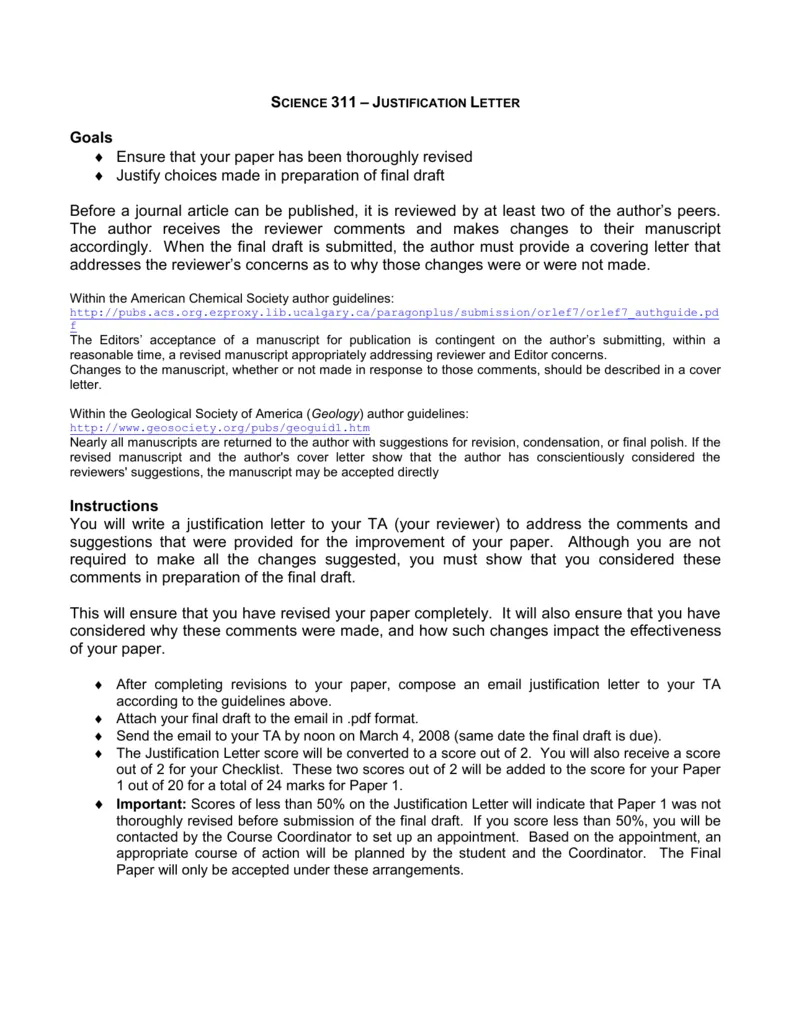
Customizing your cover letter for each journal you submit to is a crucial step in the publication process. This demonstrates that you’ve taken the time to understand the journal’s aims, scope, and target audience. Customize the content to match the journal’s specific requirements, and to highlight how your manuscript aligns with their editorial focus.
Researching the Target Journal
Before submitting your manuscript, thoroughly research the target journal. Review their website, author guidelines, and recent publications to understand their scope, editorial policies, and preferred style. Pay attention to the types of articles they publish and the topics they cover. This research will inform how you frame your cover letter, allowing you to demonstrate a clear understanding of the journal’s focus and readership. Identify the editor’s name if possible, as addressing the editor by name shows that you have paid attention to details.
Customizing Content for Specific Journals
Customize your cover letter to reflect the specific requirements and preferences of the target journal. Highlight the aspects of your research that are most relevant to the journal’s scope and readership. Use the journal’s language and terminology. Mention specific articles or issues of the journal that relate to your work. Ensure that your letter follows the journal’s formatting guidelines. Tailoring your letter to the journal shows the editor that you understand their goals and that your manuscript is a good fit for their publication.
The Submission Process
Understanding the submission process is essential for a successful journal submission. This involves using online submission systems and following up appropriately. Accurate and timely actions will help streamline the publication of your manuscript.
Online Submission Systems
Most journals use online submission systems to manage manuscripts. Familiarize yourself with the specific system used by the target journal, such as Editorial Manager or ScholarOne Manuscripts. Follow the system’s instructions for submitting your cover letter, manuscript, and any supplementary materials. Ensure that all files are in the correct format and that you complete all required fields accurately. Double-check all information before submitting to avoid errors.
Following Up on Your Submission
After submitting your manuscript, keep track of the submission status. Note the date of submission and any assigned manuscript numbers. Follow up with the journal editor if you have not received a decision or update within the time frame specified in the journal’s guidelines. Be professional and polite in your follow-up communication, and inquire about the status of your submission. This shows your continued interest and allows you to address any potential issues.
Final Review and Proofreading
Before submitting your cover letter, conduct a final review to ensure that it meets all the necessary requirements and is free of errors. Proofreading is critical for ensuring the quality and professionalism of your submission. Taking this extra step can increase your chances of acceptance.
Thoroughly review your cover letter for any grammatical errors, spelling mistakes, and formatting inconsistencies. Ensure that the information provided is accurate and up-to-date. Consider asking a colleague or mentor to review your letter for feedback. Check for any missing information or sections. Make sure your tone is professional and the content is clear and concise.
